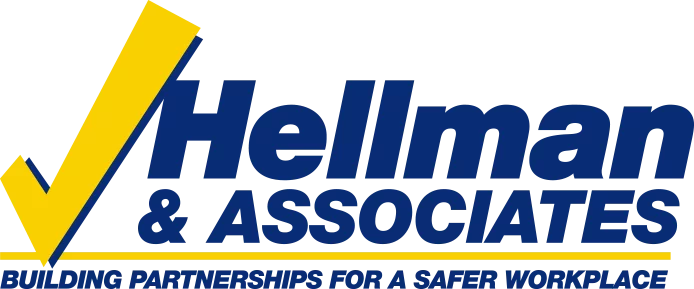OSHA Standard:1926.400-415 Electrical
We use extension cords almost every day both at work and at home. These are very useful devices, but they can present a fire or shock hazard when either worn out or used improperly. Most extension cords carry 110-volts of electricity. You may have received a shock from a 110-volt line without serious injury, but 110-volts can kill you.
Extension cords come in either two or three-wire types. Two-wire extension cords should only be used to operate one or two small appliances. Three-wire cords are used for outdoor appliances and electric power tools. The third wire on this cord is a ground and this type of cord should never be plugged into any ungrounded electrical outlet. Only grounded extension cords are to be used with power tools unless the tool is double insulated.
Construction and maintenance areas require extension cords which are specified by the National Electric Code for hard usage or extra hard usage. Approved cords may be identified by the word “outdoor” or the letters “WA” on the jacket.
Extension cords must be treated with care and checked regularly for damage or deterioration. The cord itself should never be pulled to disconnect it from an electrical source; remove it by the plug. They should not be placed under rugs or equipment and should never be strung through doorways, windows, walls, ceilings, or floors. Damaged cords present a potential fire or shock hazard and should be destroyed and replaced immediately.
An extension cord should never be used as a substitute for permanent wiring. They should not be fastened to a building or structure, even though staples are sold for this purpose at many hardware stores. String the cord with non-conductive material (not tie wire) where it will not be struck or stepped on. If it runs over a roadway be sure to protect it. Avoid plugging two cords together to make a longer one. It’s best to use one cord in a continuous length from the receptacle to the tool. Extension cords which are either connected together or are too long will reduce operating voltage and operating efficiency of tools and may cause motor damage.
Extension cords are convenient devices that we often take for granted in our everyday activities, but which need proper care and attention. Use good housekeeping practices at home and at work, to keep extension cords from being a tripping hazard or becoming damaged. Inspect them regularly for wear and replace defective units.
Safe Work Practices:
- Protect the extension cord to prevent a tripping hazard and potential damage to the cord. Coil it in large loops, not in close kinked coils. Do not bend it unnecessarily.
- Keep slack in flexible cords to prevent tension on electrical terminals.
- Check cords for cut, broken or cracked insulation.
- Do not drape cords over any wire rope guardrails or steel unless buffers made of either wood or old firehose, for example, are under the cord at the contact point.
- Use the right cord for the job. Do not use an extension cord in a situation where there is moisture. Do not allow it to rest in water. Do not subject it to intense heat or chemicals that may damage the insulation.
- Extension cords are for temporary use. Install permanent wiring when use is not temporary.
